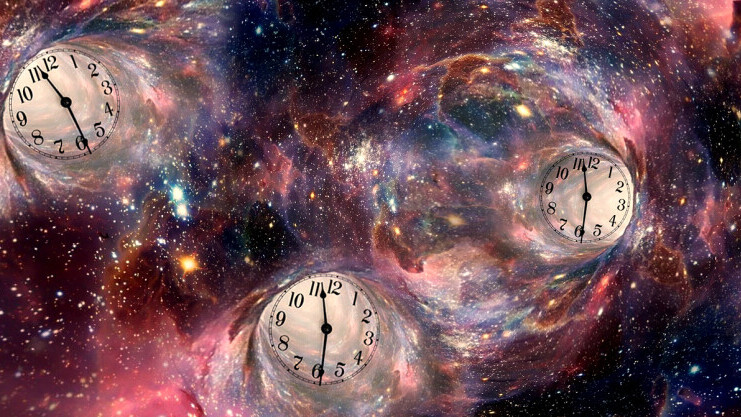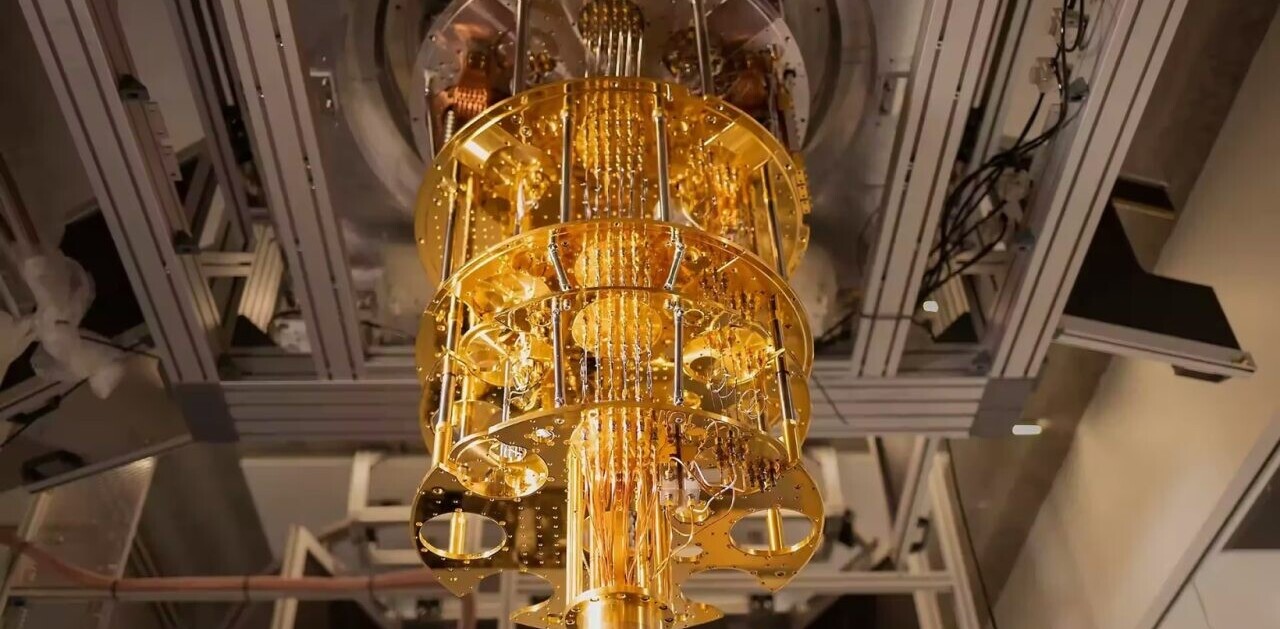
Scientists at the University of Oxford recently published the results of a mind-blowing experiment wherein they entangled two atomic clocks at a record-breaking distance of two meters.
Up front: Atomic clocks have been in popular use since the 1950s. They’re used in myriad applications ranging from managing fairness on the stock market to allowing spaceships to navigate at extreme speeds.
The Oxford team’s experiment involved a relatively new wrinkle to the formula called an optical atomic clock.
Where traditional atomic clocks typically rely on energizing atoms at precise frequencies (read: zapping them with microwaves), the optical variety uses a lattice of laser beams to trap and isolate individual atoms.
With the optical technique, the researchers are essentially measuring light-emitting atomic transitions as opposed to those that give off microwaves. This allows scientists to make more robust measurements.
What makes the Oxford team’s experiment exciting is that they entangled two separate atomic clocks at a distance of about two meters.
Per the team’s research paper:
Measurements on independent systems are limited by the standard quantum limit; measurements on entangled systems can surpass the standard quantum limit to reach the ultimate precision allowed by quantum theory—the Heisenberg limit.
Background: Scientists have successfully entangled atomic clocks at the microscopic level, but to the best of our knowledge this is the largest distance at which two optical atomic clocks have ever been entangled.
Essentially, the Oxford team’s managed to create a two-node network of atomic clocks at a very useful distance — one that, theoretically, could be increased.
What’s more, hypothetically speaking, there’s no limit on the number or type of nodes that could be added to a network of entangled atomic clocks.
Scientists currently use a math-based consensus between dozens or hundreds of different atomic clocks to come up with the most accurate possible measurements. But entangled clocks are, theoretically, capable of much greater accuracy.
Quick take: The potential implications for this research are humongous. The more accurately we can measure the passage of time, the closer we come to unraveling some of the universe’s greatest mysteries.
If we’re able to develop a massive network of atomic clocks that spread out into space, it’s possible we could start forming a sort of reverse image of the universe that reveals dark matter in real time.
US and Canadian researchers predicted the usefulness of such a network in a 2014 paper detailing a dark matter detector based on synchronized atomic clocks:
During the encounter with an extended dark-matter object, as it sweeps through the network, initially synchronized clocks will become desynchronized. Time discrepancies between spatially separated clocks are expected to exhibit a distinct signature, encoding the defect’s space structure and its interaction strength with atoms.
In other words: if dark matter’s out there, the Oxford team’s recent breakthrough might be our best lead yet. And, best of all, there’s not much downside to pursuing this research. Even if the dark matter theory doesn’t pan out, there are innumerable practical uses for more accurate atomic clocks.
H/t: Mike Mcrae, Science Alert
Get the TNW newsletter
Get the most important tech news in your inbox each week.




